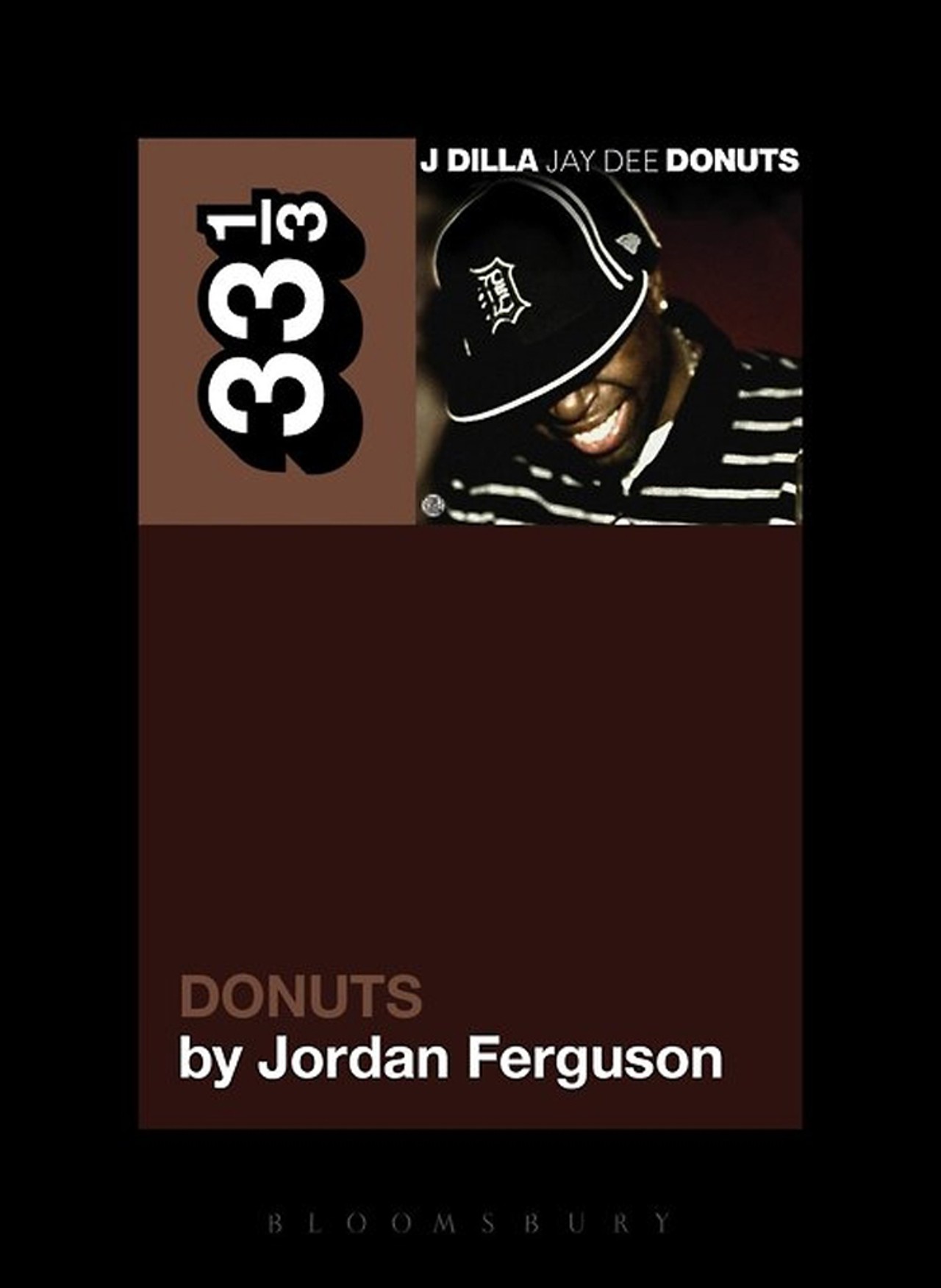

Q-Tip became a mentor to Dilla, and was instrumental to his early success, including him in production collectives like The Ummah and the Soulquarians, under whose auspices Dilla began producing music for the likes of Tribe, Busta Rhymes, The Roots, D’Angelo, Common, and Erykah Badu. In 1994, a mutual friend passed on one of his beat tapes to Q-Tip, a founding member of A Tribe Called Quest, who recognized instantly that he was in possession of something special.

Put differently: the music he made on a machine sounded human.īorn in Detroit, J Dilla started his career in high school, where he formed the group Slum Village with fellow rappers T3 and Baatin. By juxtaposing these, by playing them at the same time, J Dilla created an entirely new rhythm, one that allowed for blemish and imperfection. Before Dilla, he says, popular music had two “time-feels”: straight time and swing time. In a narrative that is part biography and part music history lesson, Charnas offers a straightforward and simple answer to the question of J Dilla’s musical reputation: he is revered because he “transformed the sound of popular music in a way that his more famous peers have not.” Charnas means this literally. If that doesn’t persuade you of the uniqueness of J Dilla’s musical achievement, then Dan Charnas’s engrossing new book, Dilla Time: The Life and Afterlife of J Dilla, the Hip Hop Producer Who Reinvented Rhythm, should do the trick. Or, again from Donuts, listen to “Lightworks” and hear what J Dilla could do with a Raymond Scott cosmetics jingle from the 1960s: the way, for instance, that he manipulates the vocal sample to say “light up the spliffs” instead of “his heart does flips.” Listen to “Don’t Cry” from J Dilla’s celebrated instrumental album Donuts, which, at first, consists of just a few loops of The Escorts’s 1974 song “I Can’t Stand (To See You Cry),” before being suddenly resequenced at the 40-second mark, as Dilla plays the original sample’s kick and snare drum in a faster tempo. Listen to The Pharcyde’s 1995 single “Runnin’,” and pay careful attention to the kick drum: notice how it never quite falls in the same place, how it refuses alignment with the time grid, creating a lazy, lumbering sound. To answer that question, any self-respecting Dillaphile would exhort you to simply listen. My brother and I have framed posters of him in our respective homes and t-shirts that read “J Dilla Changed My Life.” Why? His MPC3000 drum machine is on display at the National Museum of African American History and Culture. In 2017 the composer Miguel Atwood-Ferguson performed a tribute to him at New York’s Lincoln Center. How do we explain - how do we account for - the reverence and awe lavished on the late hip-hop producer James Dewett Yancey, alternately known to his fans as Jay Dee and J Dilla? He is celebrated annually with “Dilla Days” in cities across the country.


 0 kommentar(er)
0 kommentar(er)
